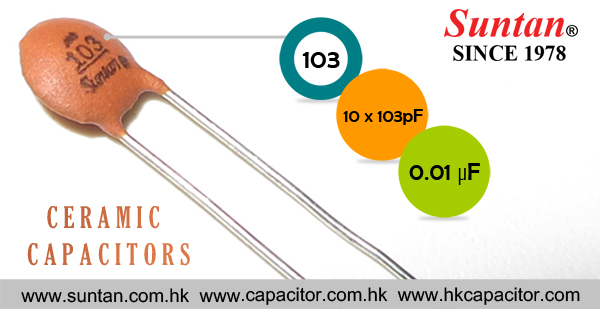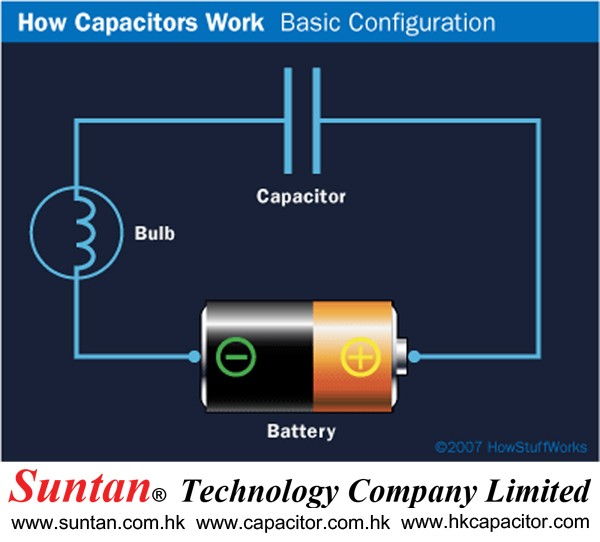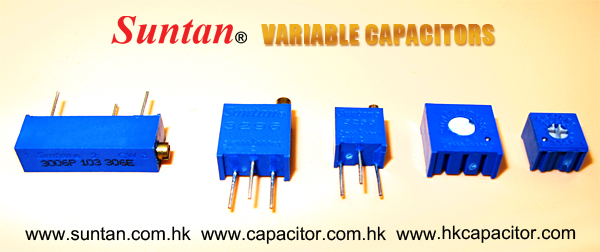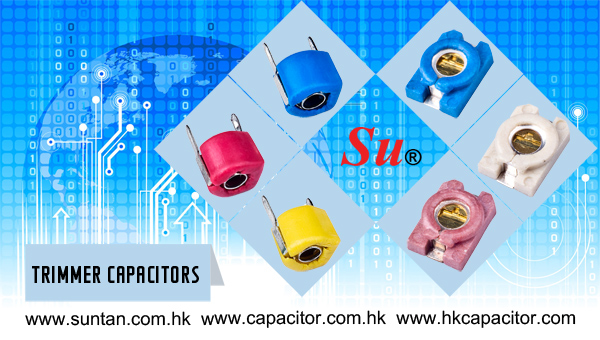Suntan Technology Company Limited
---All kinds of Capacitors
A capacitor's storage potential, or capacitance, is measured in units called farads. A 1-farad capacitor can store one coulomb (coo-lomb) of charge at 1 volt. A coulomb is 6.25e18 (6.25 * 10^18, or 6.25 billion billion) electrons. One amp represents a rate of electron flow of 1 coulomb of electrons per second, so a 1-farad capacitor can hold 1 amp-second of electrons at 1 volt.
A 1-farad capacitor would typically be pretty big. It might be as big as a can of tuna or a 1-liter soda bottle, depending on the voltage it can handle. For this reason, capacitors are typically measured in microfarads (millionths of a farad).
To get some perspective on how big a farad is, think about this:
- A standard alkaline AA battery holds about 2.8 amp-hours.
- That means that a AA battery can produce 2.8 amps for an hour at 1.5 volts (about 4.2 watt-hours -- a AA battery can light a 4-watt bulb for a little more than an hour).
- Let's call it 1 volt to make the math easier. To store one AA battery's energy in a capacitor, you would need 3,600 * 2.8 = 10,080 farads to hold it, because an amp-hour is 3,600 amp-seconds.
If it takes something the size of a can of tuna to hold a farad, then 10,080 farads is going to take up a LOT more space than a single AA battery! Obviously, it's impractical to use capacitors to store any significant amount of power unless you do it at a high voltage.
Applications
The difference between a capacitor and a battery is that a capacitor can dump its entire charge in a tiny fraction of a second, where a battery would take minutes to completely discharge. That's why the electronic flash on a camera uses a capacitor -- the battery charges up the flash's capacitor over several seconds, and then the capacitor dumps the full charge into the flash tube almost instantly. This can make a large, charged capacitor extremely dangerous -- flash units and TVs have warnings about opening them up for this reason. They contain big capacitors that can, potentially, kill you with the charge they contain.
Capacitors are used in several different ways in electronic circuits:
- Sometimes, capacitors are used to store charge for high-speed use. That's what a flash does. Big lasers use this technique as well to get very bright, instantaneous flashes.
- Capacitors can also eliminate ripples. If a line carrying DC voltage has ripples or spikes in it, a big capacitor can even out the voltage by absorbing the peaks and filling in the valleys.
- A capacitor can block DC voltage. If you hook a small capacitor to a battery, then no current will flow between the poles of the battery once the capacitor charges. However, any alternating current (AC) signal flows through a capacitor unimpeded. That's because the capacitor will charge and discharge as the alternating current fluctuates, making it appear that the alternating current is flowing.
In the next section, we'll look at the history of the capacitor and how some of the most brilliant minds contributed to its progress.







